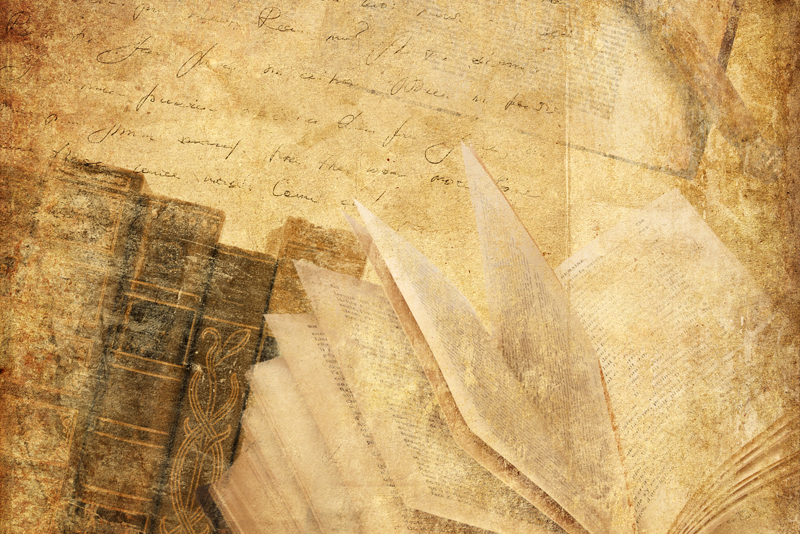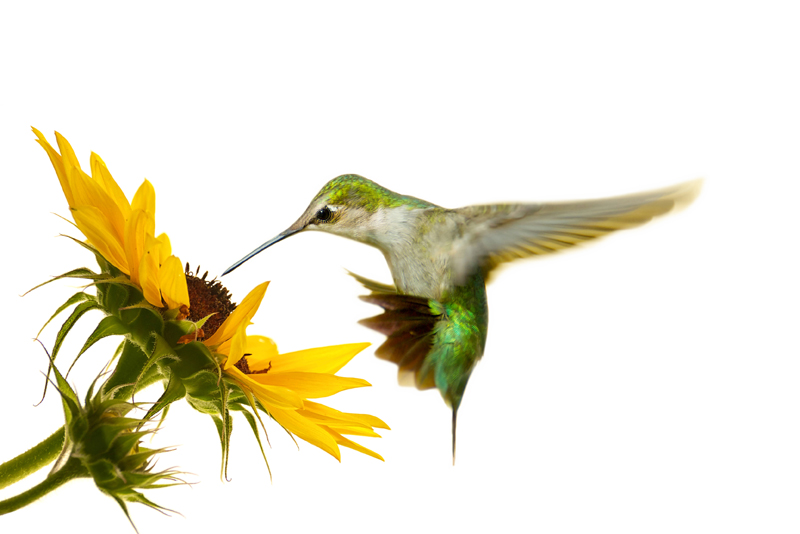Continuous Thread Dart

Stitching a dart is seemingly straight forward. Of course the most traditional way to sew a dart in a garment is to begin stitching at the wide seam end of the dart, stitch to the narrow dart point, backstitch a few stitches, clip the threads and tie off in a double knot to secure. Another method is to stitch off the edge of the fabric from the dart point and then cut the threads to tie into a knot (hoping it never will undo). This is a potential problem as the knotted thread ends at the very point of the dart although not usually visible from the outside of the garment can still be felt as a tiny bump. Enter the continuous thread dart.
The continuous thread dart eliminates the problematic task of having to knot and trim thread ends or even backstitch for a few stitches from the dart point to secure the thread ends. While it might seem counterintuitive to begin stitching a dart from the tiny dart point to its wider seam allowance end and using only the bobbin thread in the needle the result is a surprisingly smooth, neatly sewn dart. No backstitching or thread knotting at the dart point and perfect for very sheer fabrics or stitching any darts in any kind of fabric.
Whether the technique is known as a continuous thread dart, one thread stitching or bobbin stitched dart this method for creating darts is a handy tried and true method (not a trick) to know when sewing darts on sheer fabrics.
Steps for sewing a continuous thread dart:
Fold the dart on the fabric where the pattern indicates and pin along (not across) the dart legs to secure the dart.
Make sure the bobbin already contains sufficient thread and remains in its position in the machine bed with its thread tail laying freely on top of the machine bed.
Assuming the machine has been prior top threaded pull out a small amount of the machine’s top thread from the needle eye and clip this thread. Pull it out of the needle eye but leave the remaining thread as prior threaded through all the machine’s thread guides up to the thread spool.
Temporarily remove the presser foot.
Thread the machine’s needle using the bobbin thread, threading the needle from the back of the needle, not from the front. This is a little challenging, however using a tweezer to hold the bobbin thread steady helps as it is guided through the needle eye (or use a sewing machine threader tool). Pull the bobbin thread through the needle eye for a few inches.
Knot the bobbin thread to the top thread end then gently pull the top thread so the bobbin thread works its way back through all thread guides and tension discs to where the top thread spool is. Pull off the thread spool enough to hand wind sufficient bobbin thread tautly around the spool. Wind enough bobbin thread onto the spool that will be needed to complete the dart, then return the spool to its regular position. No slack in the threading is important in creating the continuous thread dart.
Reattach the presser foot.
Start sewing at the dart point, just catching the fabric at the very dart point and continue onto the widest part of the dart at the seam edge. Be sure, before beginning sewing at the dart point, that no surplus thread is loose behind where the needle will begin to pierce the fabric. Once the dart is completed, clip thread at the seam edge or backstitch a few stitches to secure. A few practice darts on fabric scraps are helpful to perfect this technique.
Note that when sewing from the bobbin thread only to create the dart, re-thread the machine using the same process as described above for each dart. Also, thank you to the original Singer sewing machine company for including this technique in old Singer sewing machine manuals (not commercial machines) as their view to "sew the professional way".
Sew happy, sew inspired.
The continuous thread dart eliminates the problematic task of having to knot and trim thread ends or even backstitch for a few stitches from the dart point to secure the thread ends. While it might seem counterintuitive to begin stitching a dart from the tiny dart point to its wider seam allowance end and using only the bobbin thread in the needle the result is a surprisingly smooth, neatly sewn dart. No backstitching or thread knotting at the dart point and perfect for very sheer fabrics or stitching any darts in any kind of fabric.
Whether the technique is known as a continuous thread dart, one thread stitching or bobbin stitched dart this method for creating darts is a handy tried and true method (not a trick) to know when sewing darts on sheer fabrics.
Steps for sewing a continuous thread dart:
Fold the dart on the fabric where the pattern indicates and pin along (not across) the dart legs to secure the dart.
Make sure the bobbin already contains sufficient thread and remains in its position in the machine bed with its thread tail laying freely on top of the machine bed.
Assuming the machine has been prior top threaded pull out a small amount of the machine’s top thread from the needle eye and clip this thread. Pull it out of the needle eye but leave the remaining thread as prior threaded through all the machine’s thread guides up to the thread spool.
Temporarily remove the presser foot.
Thread the machine’s needle using the bobbin thread, threading the needle from the back of the needle, not from the front. This is a little challenging, however using a tweezer to hold the bobbin thread steady helps as it is guided through the needle eye (or use a sewing machine threader tool). Pull the bobbin thread through the needle eye for a few inches.
Knot the bobbin thread to the top thread end then gently pull the top thread so the bobbin thread works its way back through all thread guides and tension discs to where the top thread spool is. Pull off the thread spool enough to hand wind sufficient bobbin thread tautly around the spool. Wind enough bobbin thread onto the spool that will be needed to complete the dart, then return the spool to its regular position. No slack in the threading is important in creating the continuous thread dart.
Reattach the presser foot.
Start sewing at the dart point, just catching the fabric at the very dart point and continue onto the widest part of the dart at the seam edge. Be sure, before beginning sewing at the dart point, that no surplus thread is loose behind where the needle will begin to pierce the fabric. Once the dart is completed, clip thread at the seam edge or backstitch a few stitches to secure. A few practice darts on fabric scraps are helpful to perfect this technique.
Note that when sewing from the bobbin thread only to create the dart, re-thread the machine using the same process as described above for each dart. Also, thank you to the original Singer sewing machine company for including this technique in old Singer sewing machine manuals (not commercial machines) as their view to "sew the professional way".
Sew happy, sew inspired.

Related Articles
Editor's Picks Articles
Top Ten Articles
Previous Features
Site Map
Content copyright © 2023 by Cheryl Ellex. All rights reserved.
This content was written by Cheryl Ellex. If you wish to use this content in any manner, you need written permission. Contact Cheryl Ellex for details.







